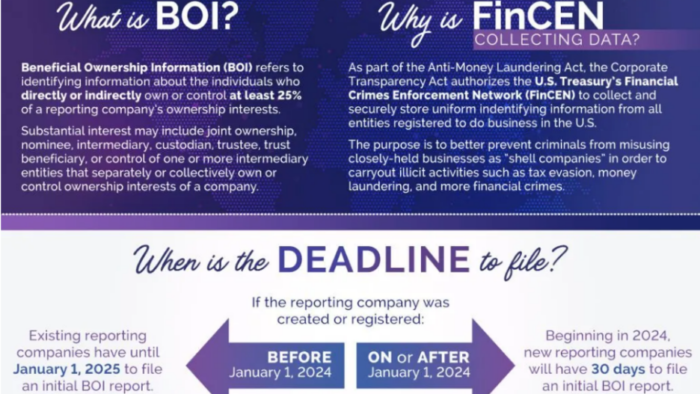Delaware Statutory Trusts (DSTs) as a Tool for Deferring Capital Gains
Delaware Statutory Trusts (DSTs) have emerged as a popular vehicle for deferring capital gains, particularly in the context of real estate investments. This article explores the structure, benefits, and tax implications of DSTs, comparing them to other deferral methods such as Tenancy in Common (TIC) arrangements and like-kind exchanges under IRC § 1031. We will also delve into the legal framework, IRS guidelines, and special considerations for investors.
Structure of Delaware Statutory Trusts
A DST is a legal entity created under the Delaware Statutory Trust Act, which allows for the holding, management, and operation of real estate properties. The trust is managed by a trustee, and investors hold beneficial interests in the trust, which represent their ownership in the underlying real estate assets. The DST structure is designed to be passive, with the trustee handling all management responsibilities, including leasing, maintenance, and financing.
Key features of a DST include:
- Single Class of Ownership: All beneficial interests in the DST are of a single class, representing undivided beneficial interests in the trust's assets.
- Limited Powers of the Trustee: The trustee's activities are restricted to the collection and distribution of income, and the trustee cannot engage in activities that would vary the investment of the certificate holders, such as exchanging properties or renegotiating leases.
- Freely Transferable Interests: Interests in a DST are freely transferable, although they are not publicly traded on an established securities market.
Benefits of DSTs
DSTs offer several advantages for investors looking to defer capital gains:
- Tax Deferral: Under IRC § 1031, investors can defer capital gains taxes by exchanging real property for an interest in a DST, provided the other requirements of § 1031 are met. This allows investors to reinvest the proceeds from the sale of a property into a DST without immediate tax liability.
- Passive Investment: The DST structure is inherently passive, relieving investors from the day-to-day management responsibilities associated with direct property ownership.
- Diversification: DSTs often hold multiple properties, allowing investors to diversify their real estate holdings and reduce risk.
- Attractive to Lenders: Since a DST is a single borrower entity, it is more attractive to lenders compared to TIC arrangements, which can have up to 35 borrowers.
Tax Implications
The tax treatment of DSTs is governed by several IRS guidelines and revenue rulings. Notably, Rev. Rul. 2004-86 clarifies that interests in a DST can qualify as like-kind property under § 1031, provided the DST meets specific requirements. These include the restriction on the trustee’s powers and the passive nature of the investment.
Comparisons to Other Deferral Methods
Tenancy in Common (TIC) Arrangements:
- Structure: In a TIC arrangement, multiple investors hold undivided fractional interests in a property. Each co-owner has the right to transfer, partition, and encumber their interest without the approval of other co-owners.
- Management: TIC arrangements require unanimous approval for major decisions, such as the sale or lease of the property, which can lead to management challenges.
- Tax Deferral: TIC interests can qualify for § 1031 exchanges, but the structure is less attractive to lenders due to the multiple borrowers involved.
- Direct Exchanges: Traditional § 1031 exchanges involve the direct exchange of one property for another like-kind property. This method allows for the deferral of capital gains taxes but requires the identification and acquisition of replacement property within specific time limits.
- Qualified Intermediaries: To facilitate a § 1031 exchange, investors often use qualified intermediaries to hold the proceeds from the sale of the relinquished property and acquire the replacement property.
Legal Framework and IRS Guidelines
The legal framework for DSTs is established under the Delaware Statutory Trust Act, which provides the basis for their formation and operation. For tax purposes, the IRS has issued several guidelines and revenue rulings that outline the requirements for DSTs to qualify for § 1031 exchanges.
Key IRS guidelines include:
- Rev. Rul. 2004-86: This ruling provides that a DST can be classified as a trust for federal tax purposes if it meets specific requirements, including the restriction on the trustee's powers and the passive nature of the investment.
- Treasury Regulations: The final regulations under § 1031, as amended by the Tax Cuts and Jobs Act (TCJA), limit like-kind exchanges to real property and provide definitions and examples of what constitutes real property for § 1031 purposes.
Special Considerations for Investors
Investors considering DSTs should be aware of several special considerations:
- Due Diligence: It is essential to conduct thorough due diligence on the DST sponsor, the properties held by the DST, and the terms of the trust agreement.
- Liquidity: DST interests are not publicly traded, which can limit liquidity. Investors should be prepared to hold their interests for the long term.
- Compliance: Ensuring compliance with IRS requirements and guidelines is crucial to maintain the tax-deferred status of the investment.
Conclusion
Delaware Statutory Trusts offer a compelling option for investors seeking to defer capital gains through real estate investments. With their passive structure, tax deferral benefits, and diversification opportunities, DSTs are an attractive alternative to TIC arrangements and traditional § 1031 exchanges. However, investors must carefully consider the legal framework, IRS guidelines, and special considerations to maximize the benefits of investing in DSTs.
Author of this article Jack Chaudhary specializes in Individual, Corporate Tax returns, Foreign Taxes, Expats, Non-resident Taxes, Payroll, Crypto and e-Commerce. With the Enrolled Agent credential, Jack represents taxpayers before the IRS and state taxing authorities. He zealously advocates for his clients to ensure the best results are achieved. Book an appointment here with him for a consultation call.





